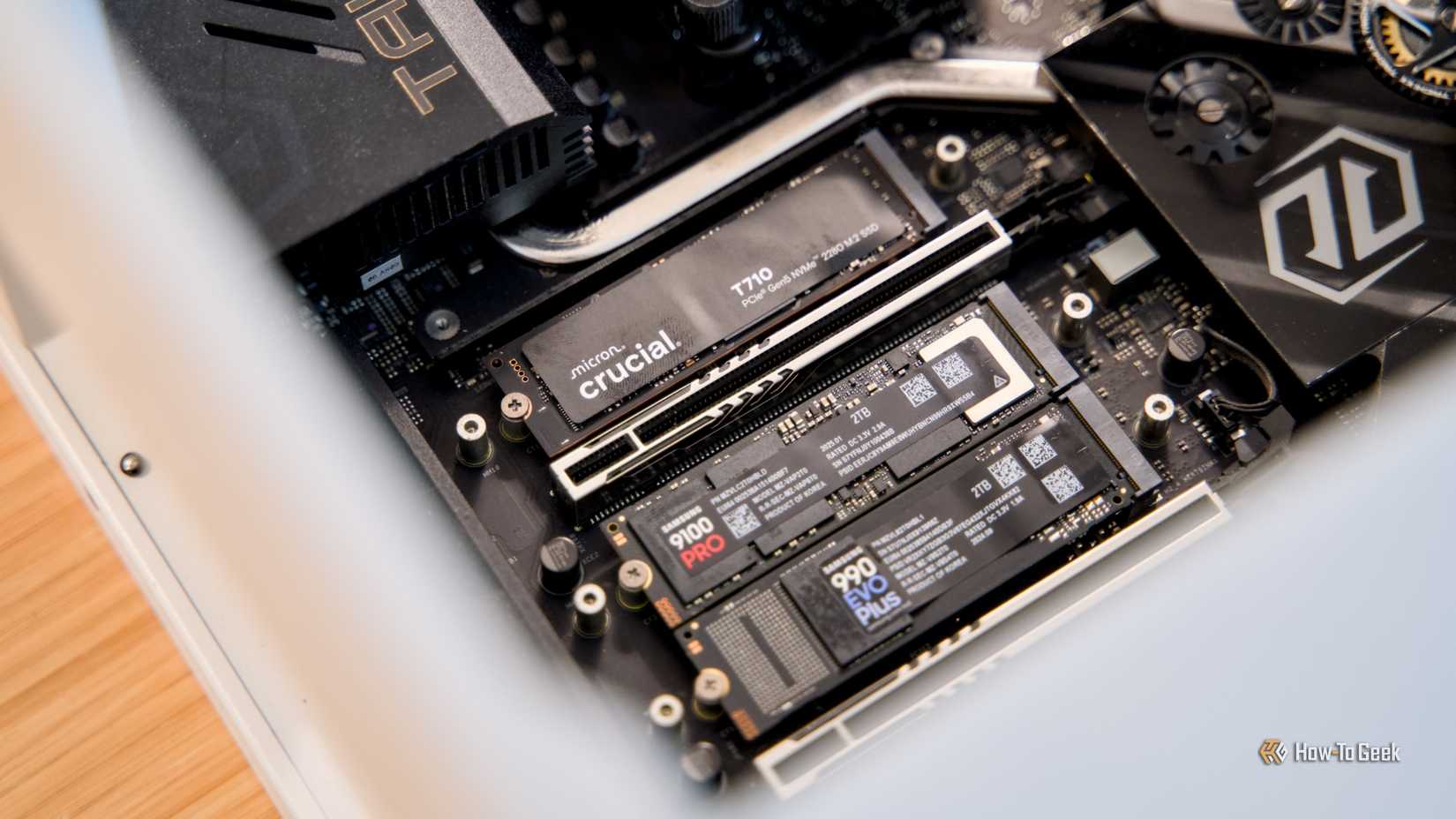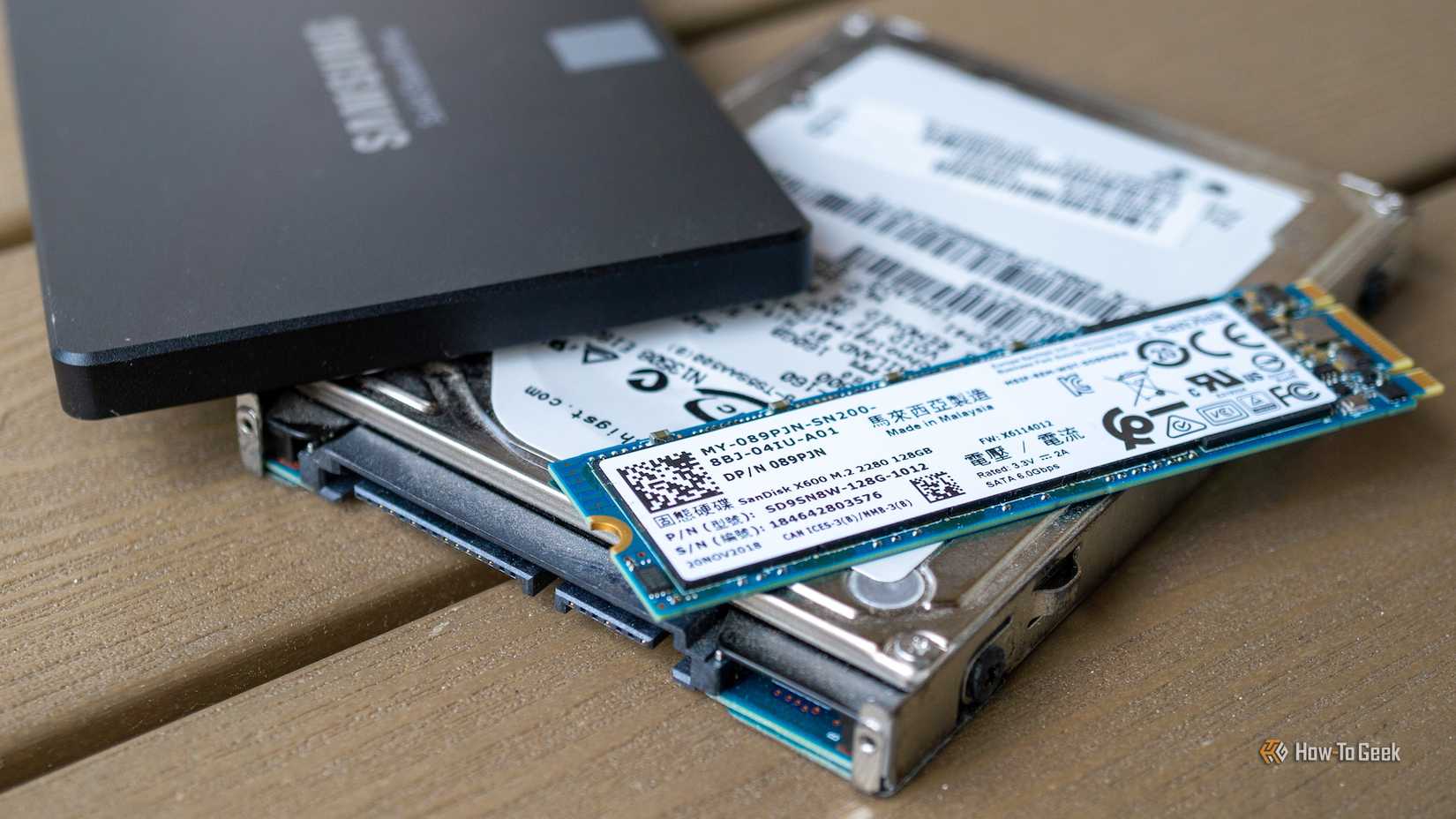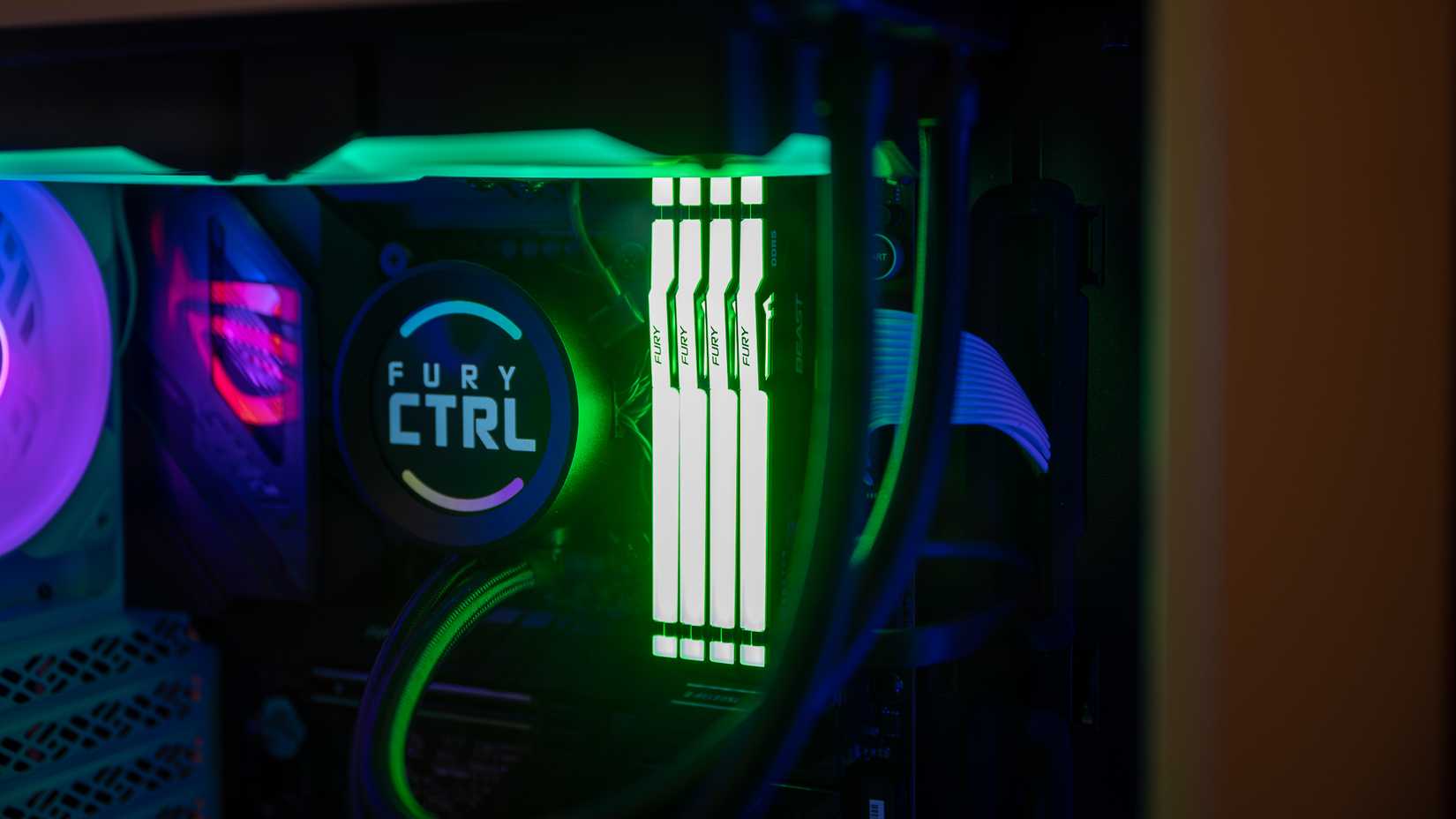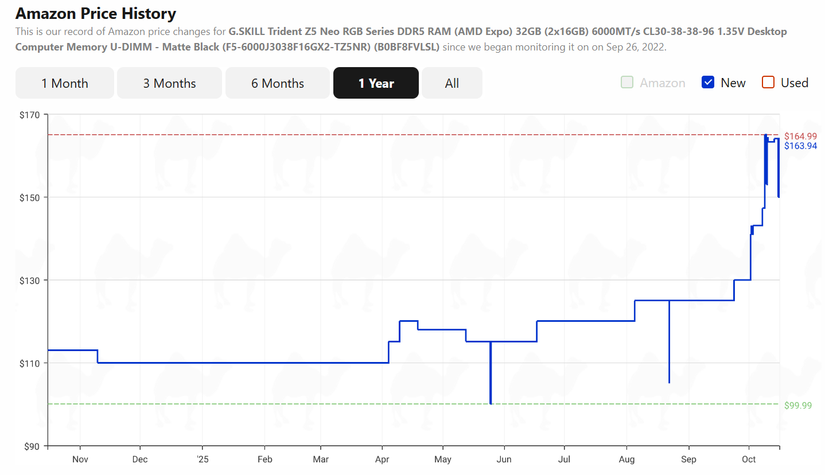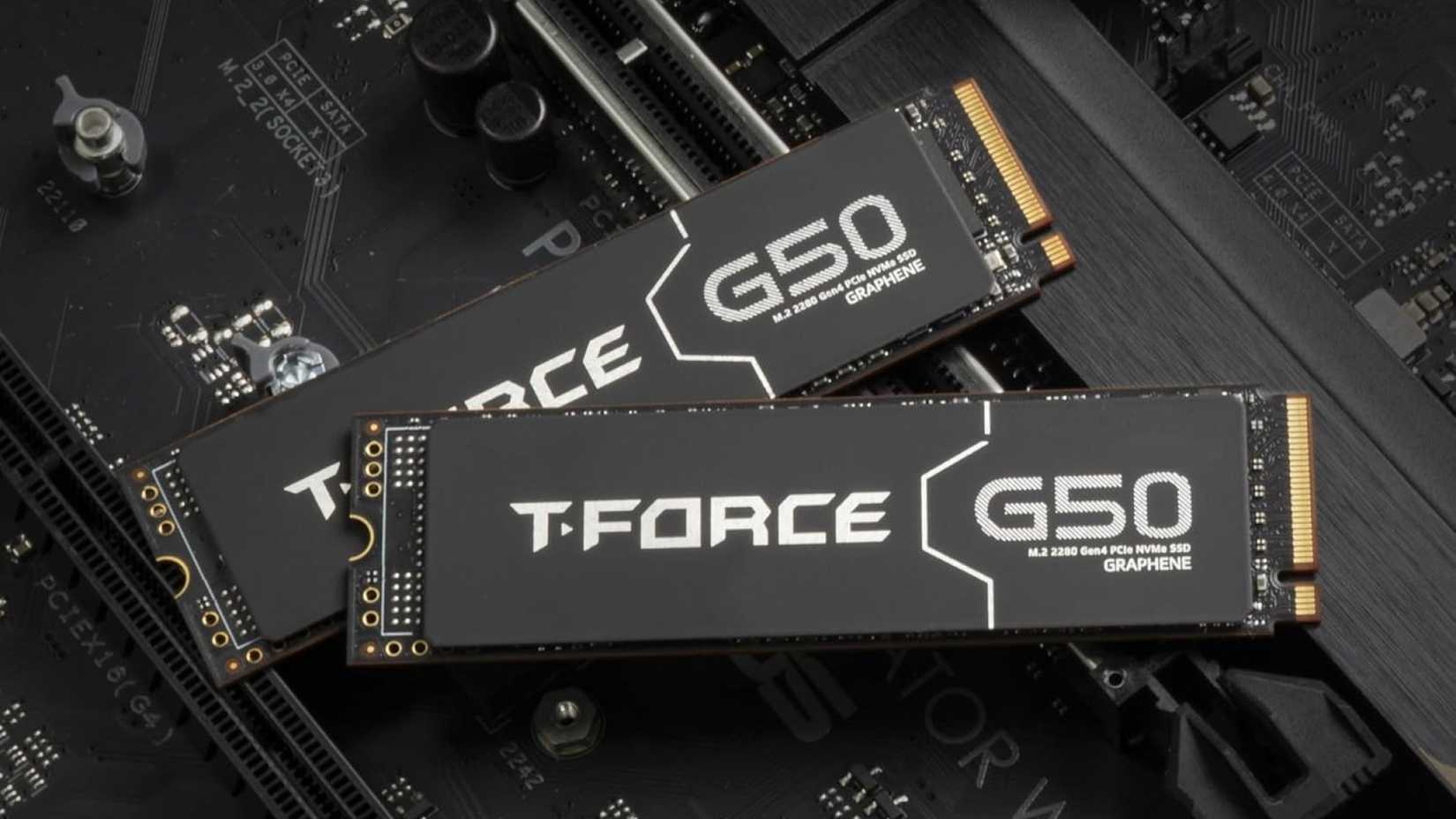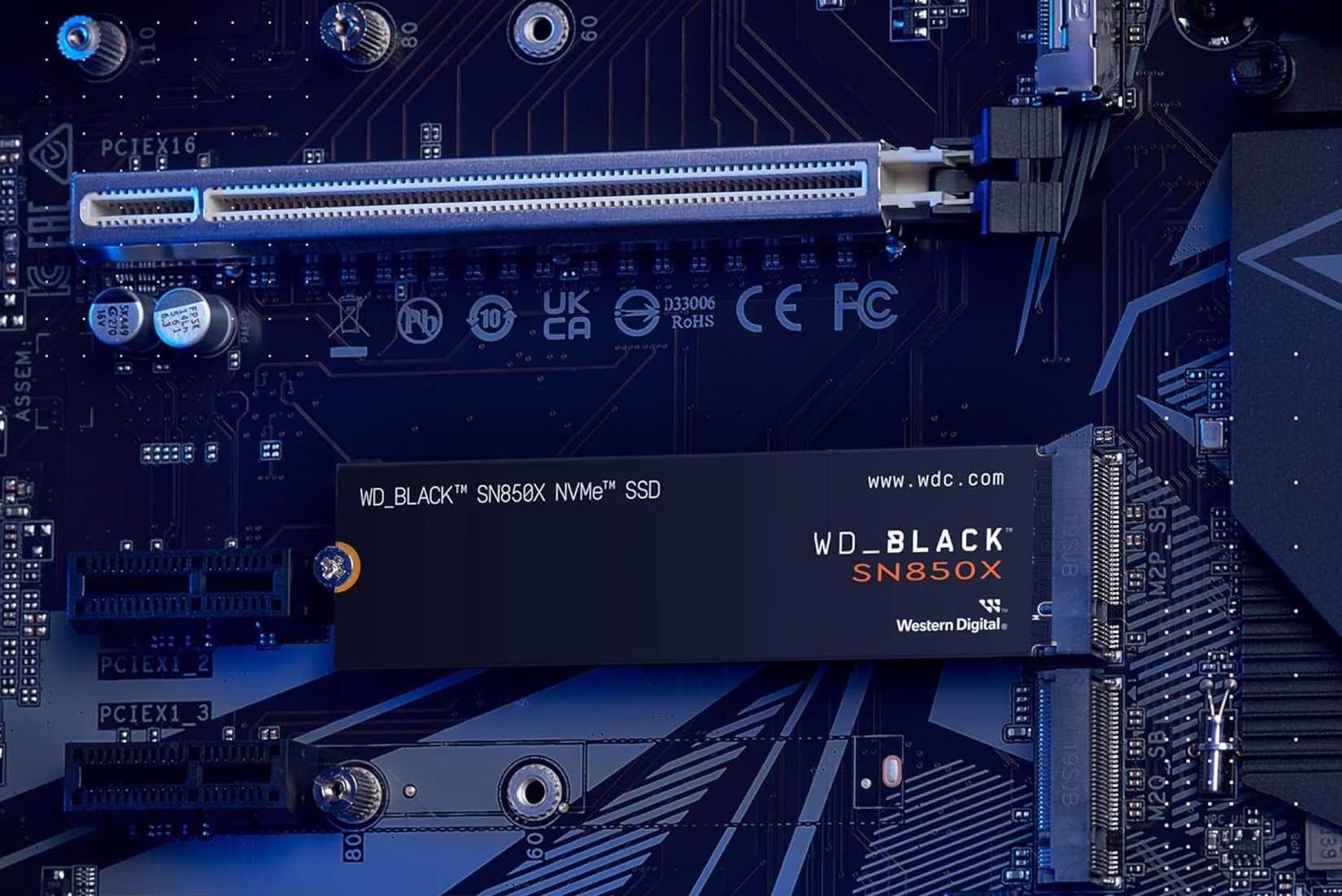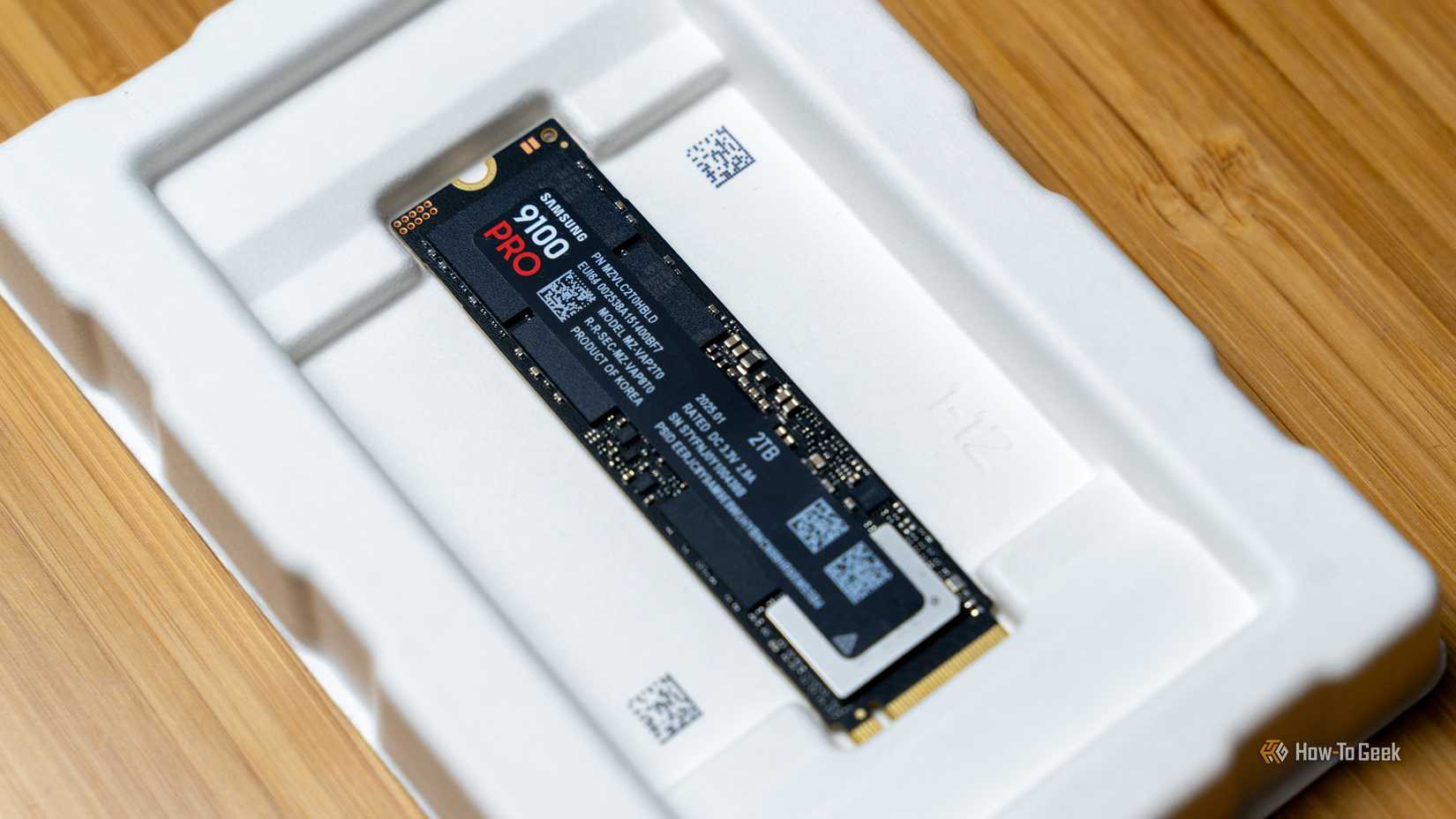Now that every major AI player is investing everything and their mother into AI data centers, the focus of AI companies is shifting from GPUs to memory and storage. It’s only a matter of time before SSD and RAM prices balloon like GPU prices did.
Remember When GPUs Doubled In Price? The Same Could Happen to SSDs
The recent report by Tom’s Hardware talking about an imminent “price apocalypse” that will befall SSDs and RAM might sound overly dramatic. Still, the fact is, we’re going to see a noticeable uptick in consumer and enterprise SSD and RAM prices very soon.
The reason is simple: major AI companies are focused on getting more storage and memory. Now that AI data centers are being built left and right, storage and memory—not GPUs—are what the AI companies are focusing on, and that storage and memory has to come from somewhere.
NAND (storage chips found inside your SSD) and DRAM chip manufacturers such as Samsung and Micron are also heavily investing in higher-margin products such as HBM (High Bandwidth Memory), which is in great demand in the enterprise market. This move has reduced NAND chip production in favor of the DRAM chips HBM is based on.
Instead of putting NAND and DRAM chips into consumer SSDs and RAM sticks, manufacturers are selling them directly to companies such as OpenAI and Google, which have a voracious appetite both for storage and memory.
On top of that, since flash storage manufacturers don’t want to get burned again by cratering prices caused by oversupply, they’ve made sure not to flood the market with excess supply this time.
The result is an imminent rise in SSD and RAM prices, even HDDs, since AI companies need every type of storage they can get their hands on, slow or fast.
While SSDs likely won’t double in price (I hope so), they will get noticeably pricier in the coming months and years. Also, even if the AI bubble pops, AI is here to stay. So don’t count on snagging excess AI data center storage for cheap a few years from now on the second-hand market.
Personally, I’ll upgrade my PC storage with a 2TB NVMe drive in the next month or so. At the moment, I’ve got 2TB of storage in total in my PC, and unless games suddenly triple in size, 4TB will be more than enough for my current and future needs.
I’ll likely get another PCIe 4.0 drive (already have a 1TB WD_Black SN850 as my boot drive), so I can reuse it in my next build in case SSD prices do double by the time I build my next PC. If you, too, need more storage, I recommend upgrading sooner rather than later.
Need to Upgrade Your PC’s RAM? Don’t Postpone It For Too Long
Micron and Samsung have already announced DRAM price hikes. To make matters worse, DRAM-based HBM memory is in high demand on the enterprise market, thus limiting the supply of RAM you and I are interested in.
Also, considering that OpenAI recently made a deal with Samsung and SK Hynix, two of the largest manufacturers of DRAM chips, which could gobble up to around 40% of the global DRAM supply, further price hikes of consumer-grade RAM products are all but inevitable.
This is especially true for DDR4 memory, as production is winding down while demand remains relatively high. This has lead to a situation where DDR5 memory is slowly becoming cheaper than the now aging DDR4.
To illustrate what I mean, DDR4 spot prices—the current price at which a product may be bought or sold for immediate delivery—shot up 7% on average in just one week. Compared to DDR4 spot prices from late November 2024, DDR4 spot prices have risen anywhere from ~100% to a staggering ~379%!
NAND spot prices haven’t seen such a steep increase, but they too have shot up about 46% on average over the same period.
Talking about DDR5, a popular G.SKILL 32GB DDR5 6000 CL30 RAM kit—which I recommend getting if you’re building an AM5-based PC—has jumped in price from $130 to $165 in just a couple of weeks. Another popular DDR5 6000 CL30 option, Corsair’s 32GB Vengeance RGB kit, has risen from $134 to $174 in just a few weeks as well.
In any case, DDR4, DDR5, and NAND prices are steadily rising, so if you plan to build a new PC or upgrade your current machine’s storage or memory, don’t mull over it too long.
My Top Three SSD Picks for a PC Storage Upgrade
So you’ve decided to get another SSD, but aren’t sure which models are the best buy right now? Don’t worry, check out my top three SSD picks below.
The Budget Choice: TEAMGROUP T-Force G50
TEAMGROUP offers multiple excellent budget NVMe SSDs, but my vote goes to the T-Force G50. It’s a reasonably fast PCIe 4.0 drive that’s very affordable. It also uses TLC instead of QLC flash, meaning it stays relatively fast even after its (fairly large) SLC cache fills up during heavy sequential writes.
It doesn’t include a DRAM cache but does support HMB (host memory buffer), which uses a portion of your system RAM (64MB in this case) for caching, so you likely won’t notice a difference in performance compared to an SSD with a DRAM cache.
The best part is the price. You can find the 1TB version of the G50 for the same price 1TB QLC drives, which are noticeably slower, are sold for. On the flip side, it tops out at 2TB and cannot match the performance of high-end PCIe 4.0 drives.
If you’re okay with a QLC drive, the Crucial P3 Plus is one of the best ones on the market, sports a very attractive price, and comes in capacities up to 4TB.
The All-Rounder: WD_BLACK SN850X
I’ve got a 1TB WD_Black SN850 SSD in my PC as the boot drive, and the thing’s been working great ever since I got it in 2022. The SN850X, its successor, is a bit faster, and I’ll most likely get a 2TB version soon to upgrade my PC storage before SSD prices go up.
No matter from which angle you’re looking at it, the SN850X is one of the best choices on the consumer NVMe SSD market. It’s one of the fastest PCIe 4.0 drives around and a tad cheaper than its closest rival, the Samsung 990 Pro, especially if you’re after the 4TB version. You can get it with a heatsink, it’s available in up to 8TB capacity, and the drive is readily available pretty much everywhere in the world.
The SN850X is also one of the best options out there if you want to upgrade your PS5 storage. While it lags a bit behind the Samsung 990 Pro, you can’t get the 990 Pro in the 8TB flavor. The best alternative here is, unsurprisingly, the Samsung 990 Pro.
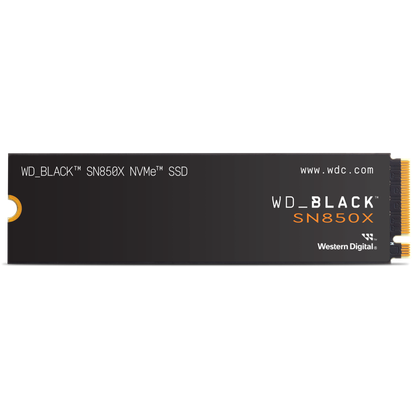
- Storage capacity
-
2TB
- Hardware Interface
-
PCIe Gen4x4
The WD_BLACK SN850X is even faster than the SN850 it replaces, making it one of the best PCIe 4.0 SSDs around. It’s fast, comes in up to 8TB capacities and sports a rather attractive price, especially for higher capacity models.
The PCIe 5.0 Option: Samsung 9100 Pro
Have a use case for a PCIe 5.0 SSD? Then get the Samsung 9100 Pro, one of the best PCIe 5.0 SSDs regarding overall performance. The 9100 Pro is blazing fast as long as you’ve got a workload capable of pushing it to its limits. It isn’t the absolute performance champion, but you’ll hardly notice the difference compared to faster drives.
What you will notice is the lower price, since the drive is more affordable than its closest competitors, the Crucial T710 and WD_Black SN8100. Another thing going for the 9100 Pro is that it’s available in the 8TB capacity, unlike its two competitors.
If you want the absolute fastest consumer-grade SSD on the market, get the WD_BLACK SN8100. This one’s not available in the 8TB capacity at the time of writing, but should be before the end of the year. Lastly, the Crucial T710 is yet another solid PCIe 5.0 SSD and a great alternative to the Samsung 9100 Pro.
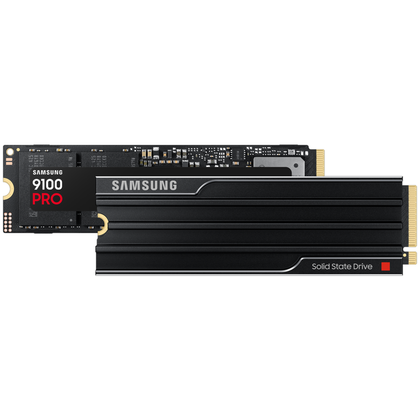
- Storage capacity
-
1TB, 2TB, 4TB, 8TB
- Hardware Interface
-
M.2 NVMe
The Samsung 9100 PRO NVMe SSD offers read speeds of up to 14.7GB/s and write speeds of up to 13.4GB/s, and it hits the mark. As the fastest SSD available as of March 2025, the 9100 PRO is made with professionals in mind. Designed to enhance AI workflows, as well as boost the speed of video and photo editing and exports, this SSD is purpose-built to help improve your efficiency.
